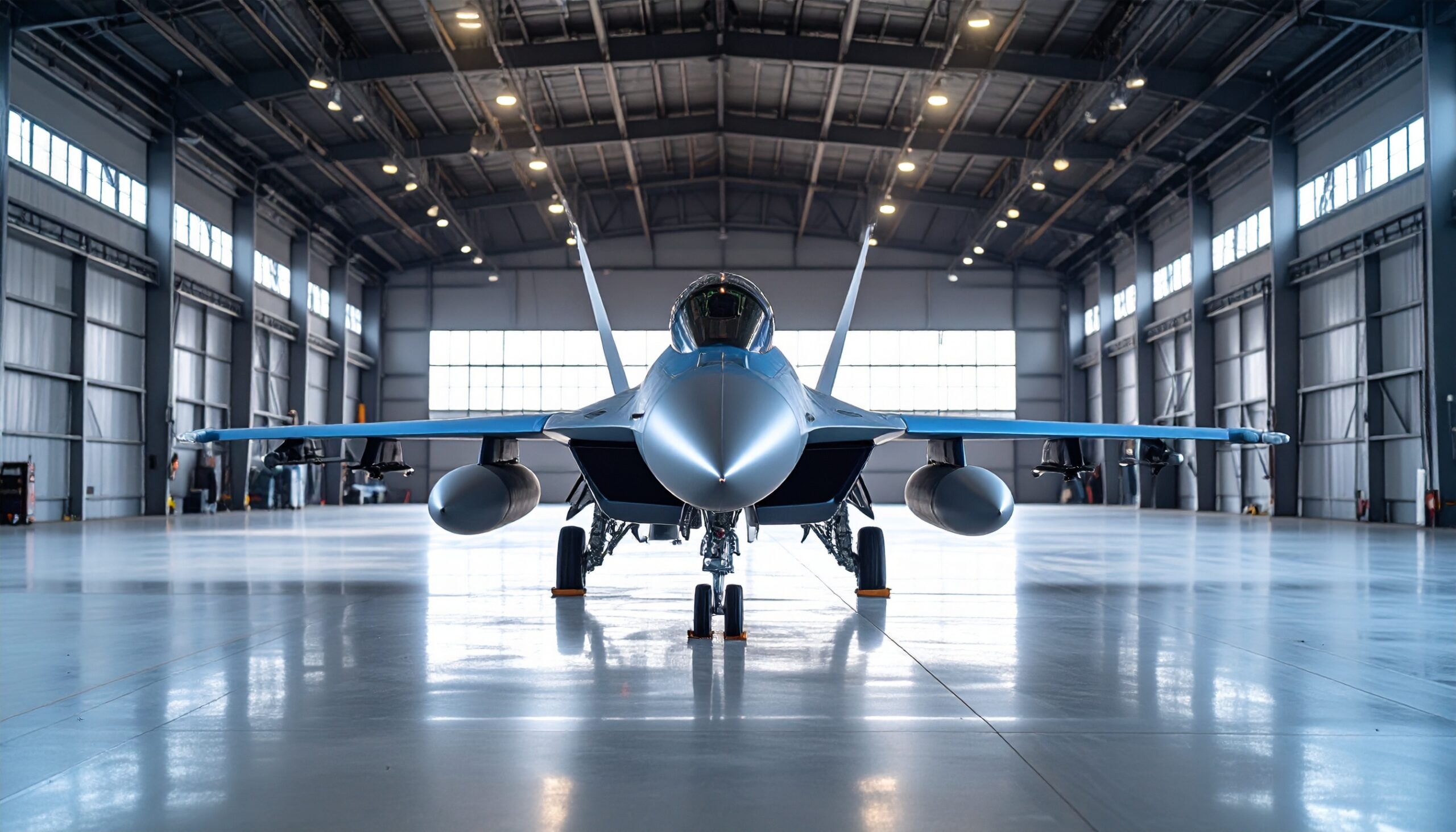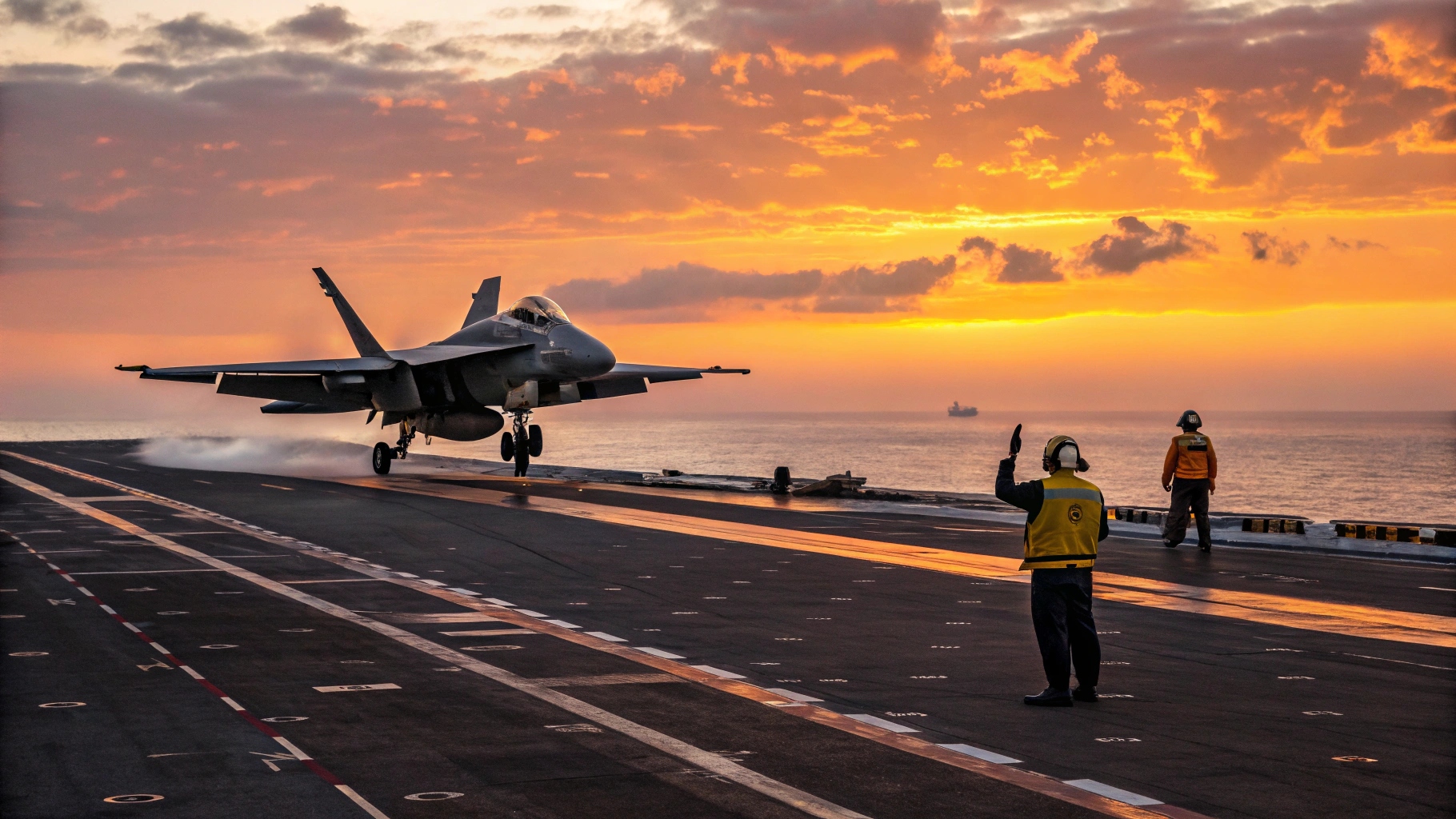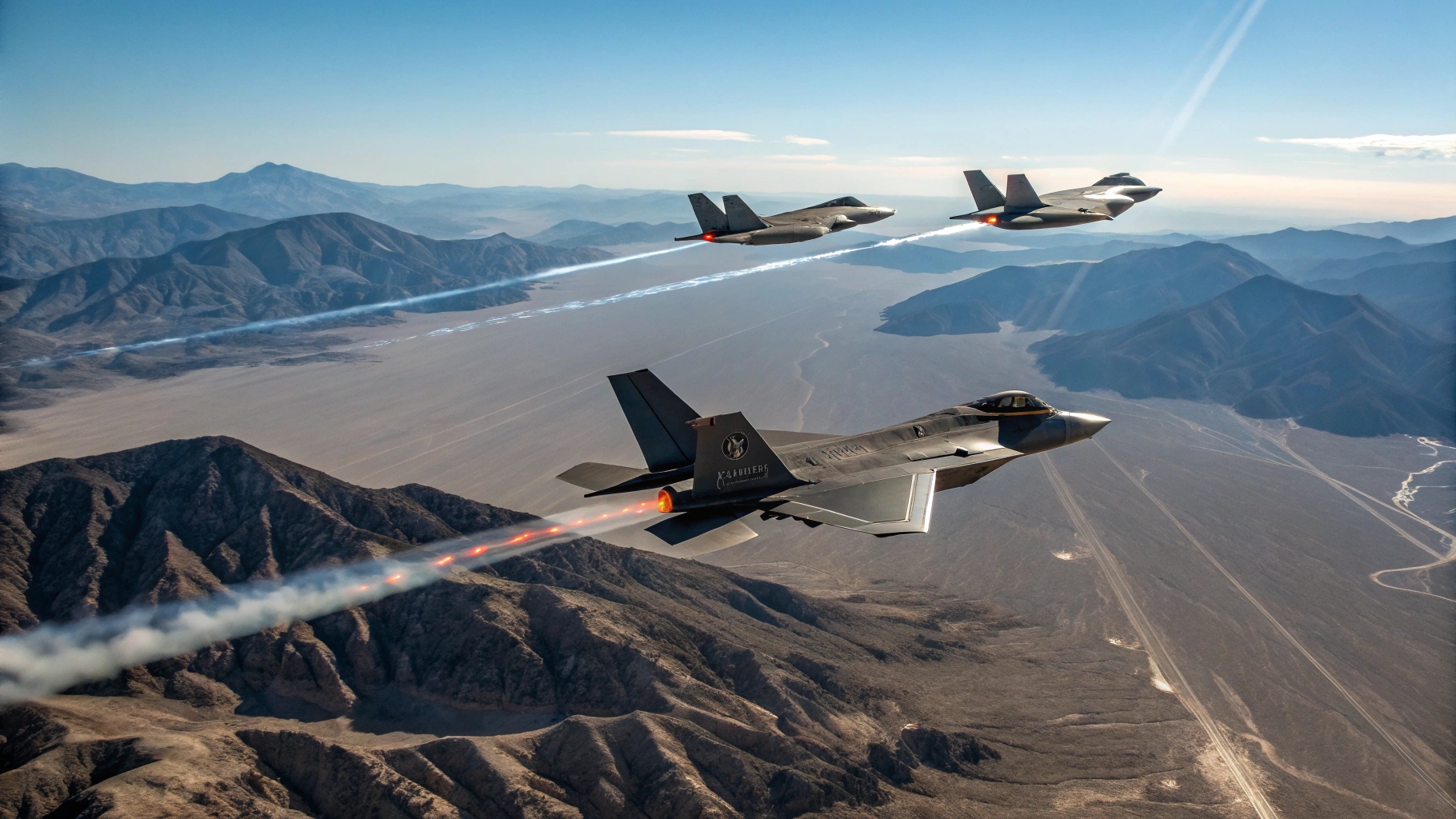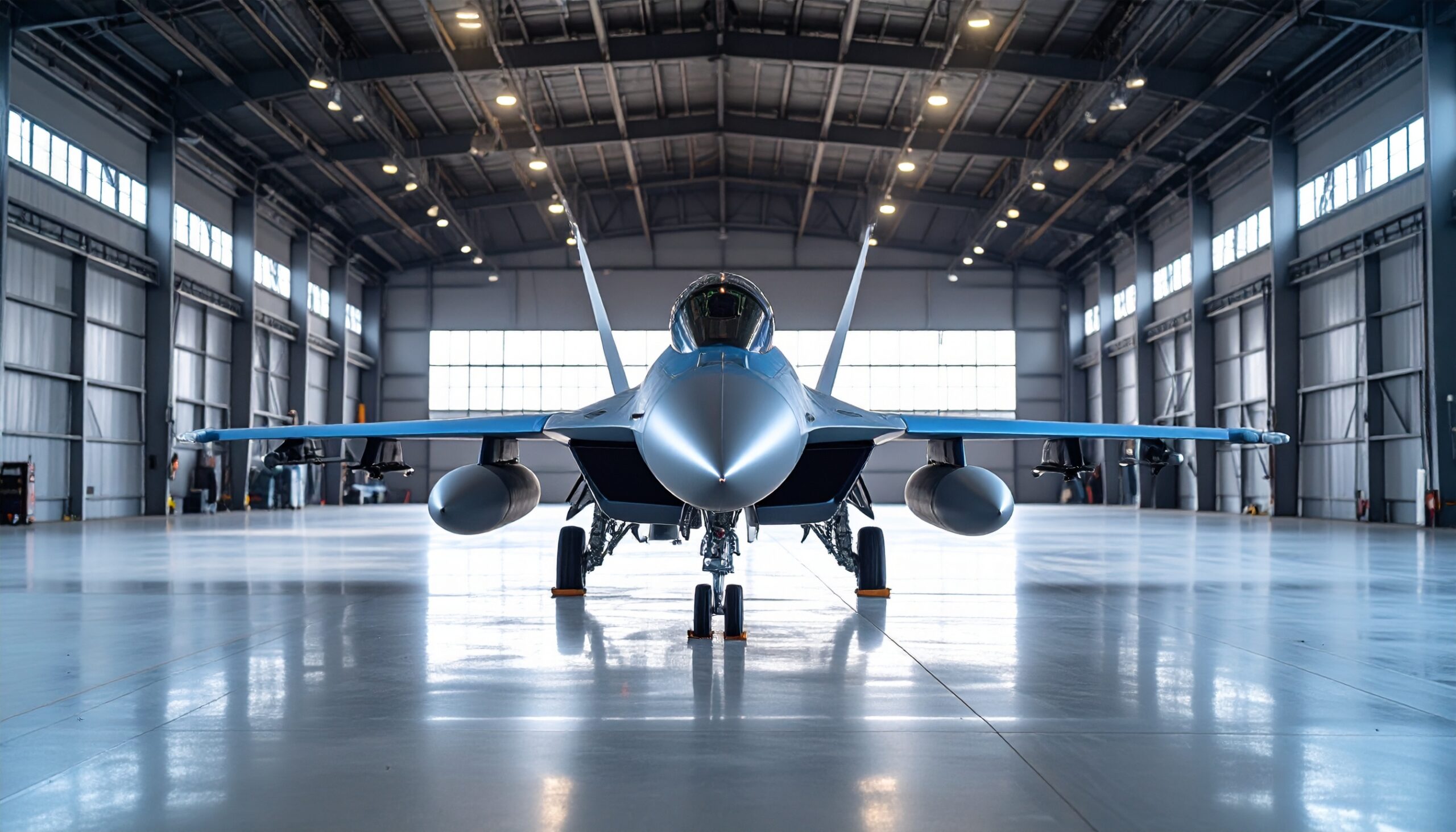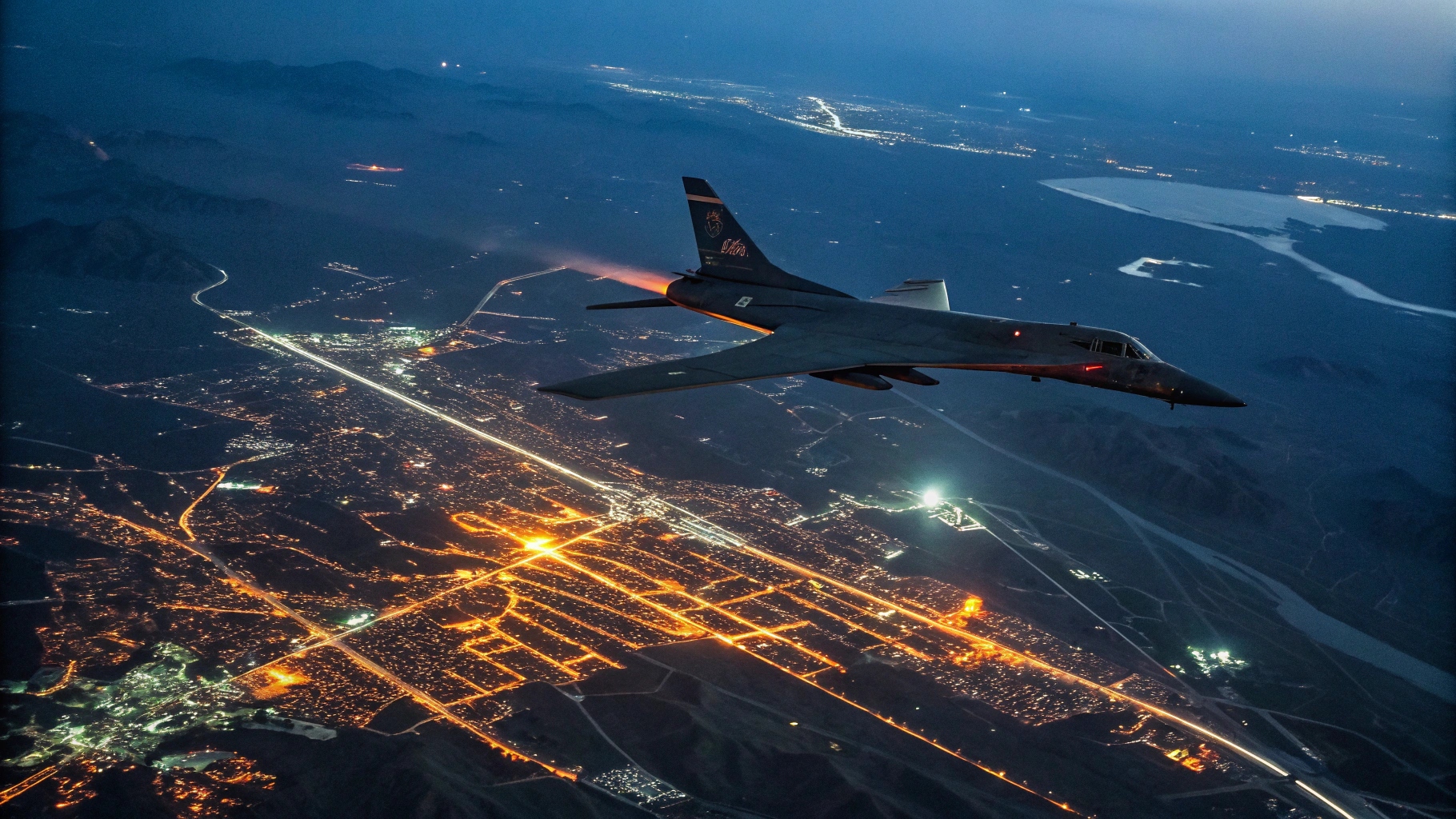
China’s People’s Liberation Army Air Force (PLAAF) gave its most advanced combat aircraft, the J-20 stealth fighter, its first-ever public static display at the 2025 Changchun Air Show. Traditionally limited to flyovers, this new showcase reflected Beijing’s growing confidence in the aircraft’s maturity and operational readiness. The event coincided with the rollout of the 300th J-20, marking a significant production milestone that underscores China’s accelerating modernization of its airpower. Analysts view the move as a signal of China’s intent to project greater influence in regional air defense competition.
Just days earlier, images of the J-20 had surfaced online through the PLA Military Updates X account on September 9, 2025. The photos depicted the fighter in what was described as “beast mode,” outfitted with a heavy loadout of 12 PL-15 long-range air-to-air missiles and two PL-10 short-range missiles. Of these, eight PL-15s were carried externally on pylons, while four PL-15s and two PL-10s were stowed internally. Though such a configuration compromises stealth, the aircraft could still function effectively as a missile-launching platform when paired with a KJ-500 airborne early warning system under the “A guide B shoot” doctrine.
Central to this strategy is the PL-15 missile, a beyond-visual-range weapon developed by the China Airborne Missile Academy. In service since the mid-2010s, the PL-15 is powered by a dual-pulse solid rocket motor, enabling reported speeds above Mach 5 and an estimated strike range between 200 and 300 kilometers. Its export variant, the PL-15E, offers a reduced range of roughly 145 kilometers.
The missile’s combat potential was demonstrated in May 2025 during the India–Pakistan conflict, when the Pakistan Air Force deployed the PL-15 and PL-15E operationally for the first time. Pakistani J-10C fighters armed with these missiles engaged Indian aircraft, with one Rafale among the confirmed losses. Wreckage of the PL-15E later recovered in Indian territory provided tangible evidence of the system’s use, giving outside analysts an opportunity to assess both its effectiveness and its limitations.


